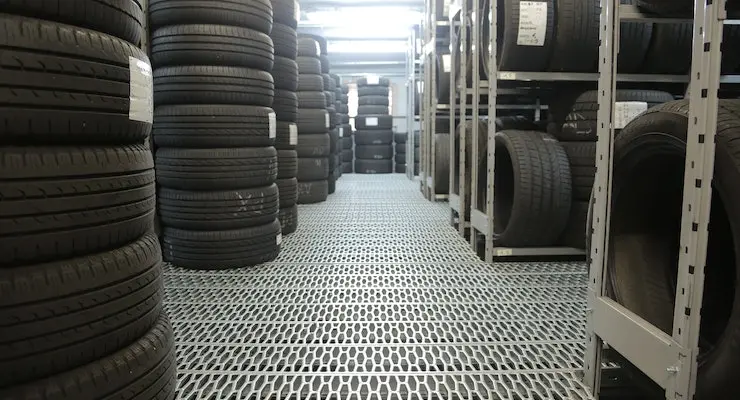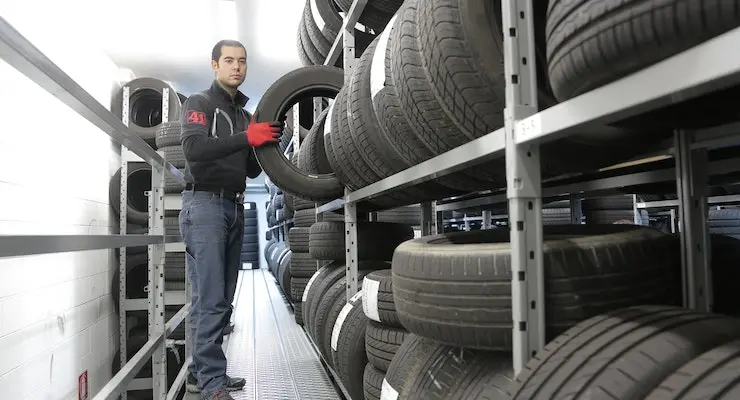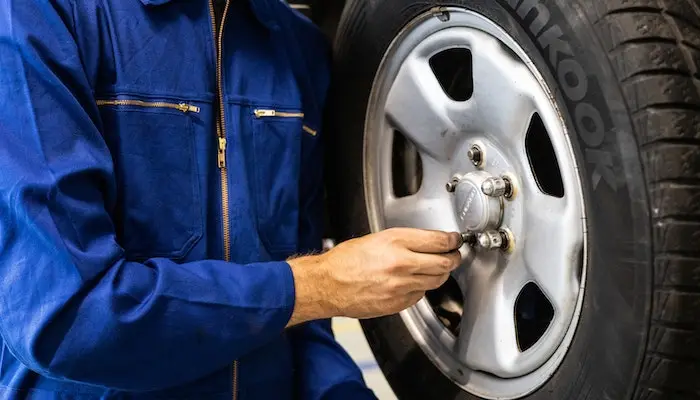Having proper tires on your vehicle is crucial for safety and performance. However, unforeseen circumstances such as tire damage or wear can occur even with the best maintenance practices. This is where warranties come into play, offering peace of mind and financial protection. In this article, we will provide you with a step-by-step guide on how to get tires replaced under warranty, ensuring you maximize your benefits and get back on the road with confidence.
Understanding Tire Warranties

Before delving into the process of how to get tires replaced under warranty, it’s important to understand what a tire warranty entails. Tire warranties typically cover specific types of damage or defects and have certain limitations. Let’s explore:
TREAD LIFE/MILEAGE WARRANTY
The warranty ensures a specified mileage for tire durability, taking into account the tire type and normal driving conditions. To qualify for the warranty.
[WP-Coder id=”4″]
ROAD HAZARD TIRE WARRANTY
In the event of non-repairable damage caused by a road hazard, manufacturers typically provide coverage for the cost of a new tire purchased. To qualify for this coverage.
ROADSIDE ASSISTANCE TIRES WARRANTY
Many tire manufacturers offer roadside assistance services to assist you in case of unexpected car-related emergencies such as lockouts or running out of gas.
PRO-RATED WARRANTY
In the case of tires, some companies provide a ‘Pro-Rate’ Warranty. This means that if a tire fails before the end of its warranty period, it will be replaced or repaired as usual, but the coverage amount will be based on a cost determined by the tire’s age at the time of failure.
MANUFACTURER’S SPECIAL WARRANTY
Some tire manufacturers provide special warranty conditions, including coverage for tire defects such as sidewall bulges or tread separation within a specific time frame. Certain manufacturers offer mileage warranties, ensuring that their tires will last for a specified number of miles before needing replacement, provided they meet the maintenance requirements outlined by the manufacturer.
Additional Considerations
Winter Difference
Warranty coverage for tires can vary based on factors such as mileage, remaining tread, tire size, and maintenance. It’s important to refer to consumer reports for specific findings on winter tires. While most winter tires are covered, tire replacement may not be available after a certain mileage. Tire repair and rotation are alternative methods to ensure tire longevity and optimal performance.
Tire Replacement Cost
The cost of tire replacement is influenced by the tire chosen and the make and model of the vehicle. Many tire manufacturers provide a set amount for replacement costs, regardless of tire size or condition. However, certain brands may have varying prices depending on the specific tires being considered.
How to Get Tires Replaced Under Warranty

Start by reviewing your tire warranty documentation to understand the extent of your coverage. Look for details such as the duration of the warranty, mileage limitations, and any exclusions. This information will help you determine how to get tires replaced under warranty if your tire issue falls within the warranty guidelines. Here are the steps to follow:
Preparing Necessary Documentation
Gather all the relevant documentation before reaching out to get tires replaced under warranty. This may include your original purchase receipt, tire warranty paperwork, and any additional proof of maintenance or inspections. Having these documents readily available will streamline the process and help you provide the necessary information promptly.
Contacting the Manufacturer or Dealer
Reach out to the manufacturer or dealer where you purchased the tires to initiate the warranty claim. Provide them with your tire information, purchase details, and the reason for replacement. Be prepared to provide the documentation you gathered in the previous step.
Scheduling an Inspection
In some cases, the manufacturer or dealer may require an inspection of the tires before approving the replacement. Schedule an appointment at a convenient location, ensuring that the tires are accessible for examination before appearing to get tires replaced under warranty. During the inspection, the technician will assess the tire’s condition, tread depth, plug and patches and any visible signs of damage.
Approval and Replacement Process
Once the inspection is complete, the manufacturer or dealer will evaluate your claim. If your tire issue is covered under the warranty, they will approve the replacement. In some instances, they may prorate the cost based on the mileage or usage of the tires. After approval, the replacement process will be initiated, and you will be informed of the next steps to get tires replaced under warranty.
Tire Disposal and Recycling
After receiving the new tires, it’s essential to dispose of the old ones responsibly. Check local regulations for proper tire disposal methods or consult with the manufacturer or dealer for guidance. Many places offer tire recycling programs to ensure environmentally friendly disposal.
Tips for Tire Warranty Claims
Here are the tips for a Successful Warranty Claim:
Review the Warranty Documentation
- Familiarize yourself with the terms and conditions
- Understand coverage and requirements
Keep Records and Documentation
- Maintain purchase receipts and service records
- Provide proof of proper maintenance and compliance
Follow Maintenance Guidelines
- Adhere to recommended maintenance practices
- Avoid actions that could void the warranty
Act Promptly
- Report covered issues to the manufacturer or service center
- Initiate the warranty claim process promptly
Communicate Clearly
- Describe the issue or defect accurately
- Include supporting evidence if available
Work with Authorized Service Providers
- Contact authorized service centers or professionals
- Rely on their expertise for assessment and handling
Be Patient and Persistent
- Understand that claim processes may take time
- Follow up and stay persistent until resolution
By following these tips, you can enhance your chances of a successful warranty claim and ensure that you receive the appropriate coverage or resolution as provided by the warranty.
Conclusion
Getting your tires replaced under warranty can be a straightforward process if you follow the necessary steps. Understanding your warranty coverage, preparing the required documentation, and contacting the manufacturer or dealer are vital initial steps. Scheduling an inspection, obtaining approval, and properly disposing of old tires are also essential to get tires replaced under warranty. By adhering to proper tire maintenance, you can maximize the lifespan of your new tires and enjoy safe and worry-free driving.
FAQs (Frequently Asked Questions)
Are tire changes covered under warranty?
Yes, tire changes can be covered under warranty, depending on the specific terms and conditions outlined by the tire manufacturer or dealer. It’s important to review your tire warranty documentation to understand the extent of coverage and any limitations related to tire changes or replacements.
Does tire warranty cover punctures?
Tire warranties generally exclude coverage for punctures caused by road hazards. However, it’s recommended to check your specific warranty documentation for detailed information regarding puncture coverage.
How much does a tire warranty cost?
Generally, the cost ranges from a few dollars to a percentage of the tire’s purchase price. It’s advisable to inquire about the specific cost of a tire warranty when purchasing new tires or consult with the manufacturer or dealer for detailed pricing information.
How to get tires replaced under warranty if I didn’t purchase them directly from the manufacturer?
As long as the tires are covered under warranty and you have the necessary documentation, you can contact the manufacturer or dealer where you made the purchase.
